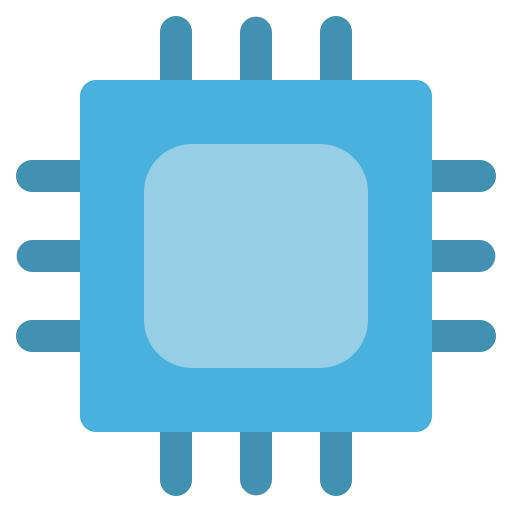

The problem is they are almost never good, as everyone can read the same info 4x faster than someone can present it (best case), and 10x faster isn’t unusual.
Source: Former technical trainer - I’ve read a lot about instructional methodologies. Video is the lowest common denominator that’s all. It can be useful for things that have a visual component, and self hosting has very little of that.




Syncthing or Resilio Sync for photo/file backup from phone. Both work amazingly well.